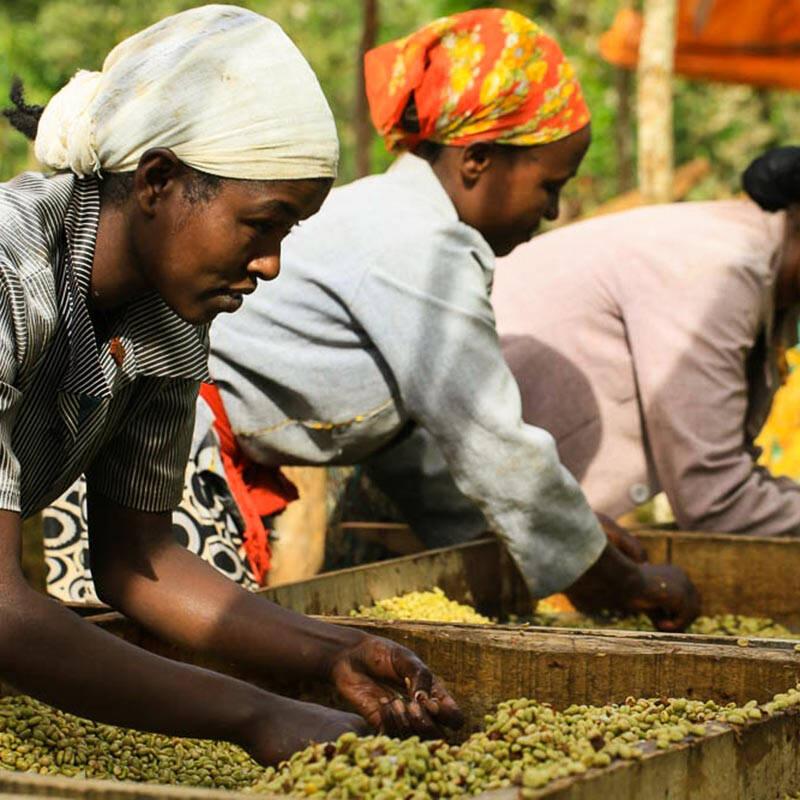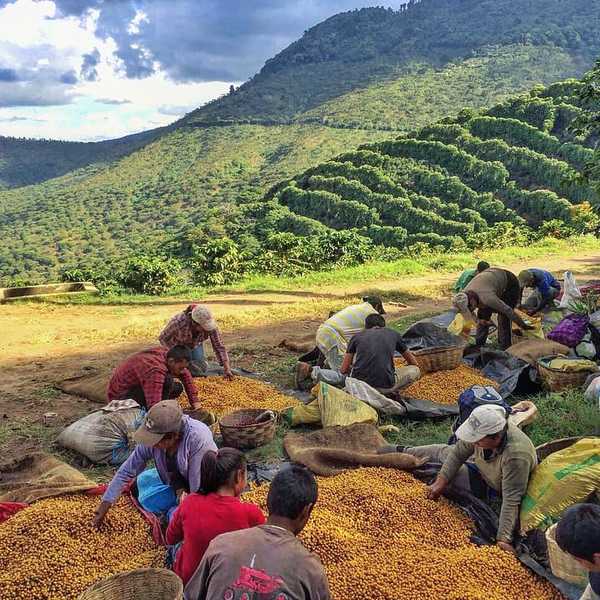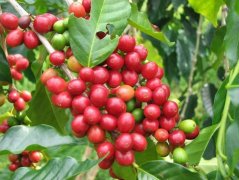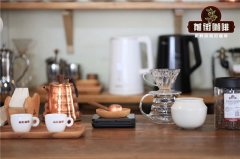A brief introduction to the boutique coffee producing areas in Ethiopia-Lim 04

A brief introduction to the main coffee producing areas in Ethiopia-Lim
1200-1900 meters above sea level
Pastoral, forest, semi-forest, plantation coffee system
Located in the highland plain of western Ethiopia, the average planting height in this area is significantly lower than that in other areas, but it does not hinder the availability of fine coffee. The Lim producing area is located in the southwest of the capital, and you can reach Jinma further south. Both belong to the coffee forest, north of Lim and south of Jinma.
It is also a natural conservation area for wild coffee trees. Limu coffee beans are mainly produced by local small farmers and have some large state-owned estates. The local coffee system of pastoral, forest, semi-forest and plantation is adopted. The coffee is planted at an altitude of 1400-2200m. The coffee varieties are mainly native varieties of Ethiopia (Heirloom), and the soil is Vertisols soil. The production season is between November and January of the following year. Most of them are washed with an annual output of about 110000bags/60kg.

Most of the bean body is round (15/16scr), the color is green with blue, and the export is mostly G2 grade. The taste is similar to Yega Xuefei, but the viscosity is thin, but the flower and fruit flavor is obvious, the sour taste is softer than Yega, and the more irritating acid, the aftertaste is similar to wine.
Generally speaking, lim coffee is less sour than washed Sidamo and Yega Chuefei, but the citrus aroma is still obvious, sweet, slightly spicy and well-balanced.

Because Lim has a good and balanced quality, it is a noteworthy Ethiopian boutique coffee after Yega Xuefei. But almost all limes are vertically integrated and exported by Ethiopian coffee organizations, so it is almost rare to see them in China.
The above is some related information about Qianjie coffee arrangement.
I hope this article will help you to know more about coffee.
.
Important Notice :
前街咖啡 FrontStreet Coffee has moved to new addredd:
FrontStreet Coffee Address: 315,Donghua East Road,GuangZhou
Tel:020 38364473
- Prev

A brief introduction to the boutique coffee producing areas in Ethiopia-Hara 03
Harrar boutique producing area: 1600-2400 meters above sea level, Hara is located in the Eastern Highlands of Ethiopia (Harerge Province). It is one of the highest elevation areas for human-grown coffee (some even claim to be as high as 2000-2700 meters), overlooking Yemenmoka and the second port of Aden across the Gulf of Aden. A century ago, it was still wild on the slopes, and local coffee farmers used camels,
- Next

Paying attention to these details can make your hand coffee better. How can you make it better?
Qianjie wrote an article six months ago that paying attention to these details can make your hand-made coffee taste better, which describes some of the details that are inconspicuous in hand brewing but have an impact on a cup of coffee. This time, we will dig up some small details that are more neglected in the hand flushing. A brief review here let's briefly review the previous four details about hand-brewed coffee: 1. The last step of the preparation work.
Related
- Detailed explanation of Jadeite planting Land in Panamanian Jadeite Manor introduction to the grading system of Jadeite competitive bidding, Red bid, Green bid and Rose Summer
- Story of Coffee planting in Brenka region of Costa Rica Stonehenge Manor anaerobic heavy honey treatment of flavor mouth
- What's on the barrel of Blue Mountain Coffee beans?
- Can American coffee also pull flowers? How to use hot American style to pull out a good-looking pattern?
- Can you make a cold extract with coffee beans? What is the right proportion for cold-extracted coffee formula?
- Indonesian PWN Gold Mandrine Coffee Origin Features Flavor How to Chong? Mandolin coffee is American.
- A brief introduction to the flavor characteristics of Brazilian yellow bourbon coffee beans
- What is the effect of different water quality on the flavor of cold-extracted coffee? What kind of water is best for brewing coffee?
- Why do you think of Rose Summer whenever you mention Panamanian coffee?
- Introduction to the characteristics of authentic blue mountain coffee bean producing areas? What is the CIB Coffee Authority in Jamaica?

